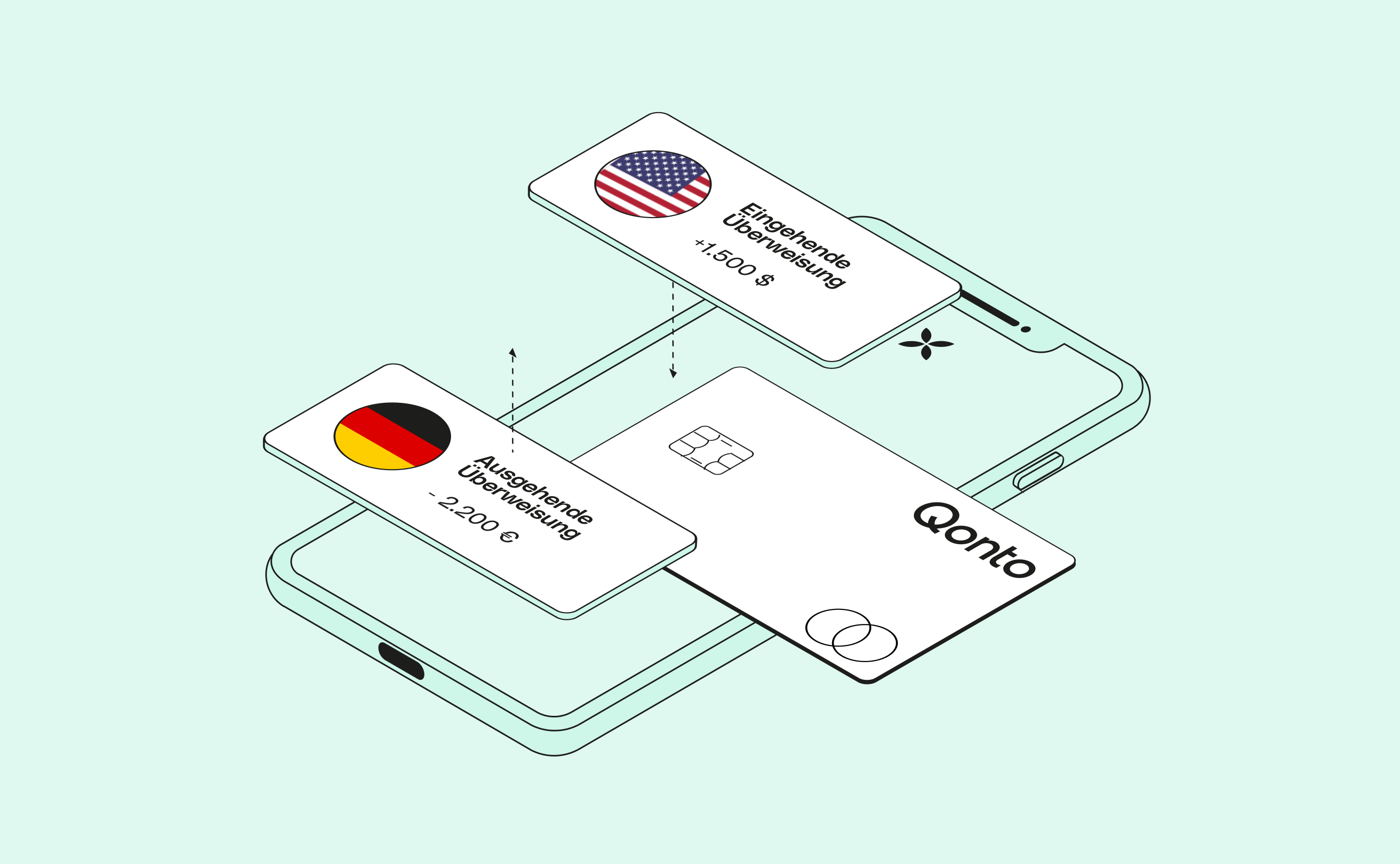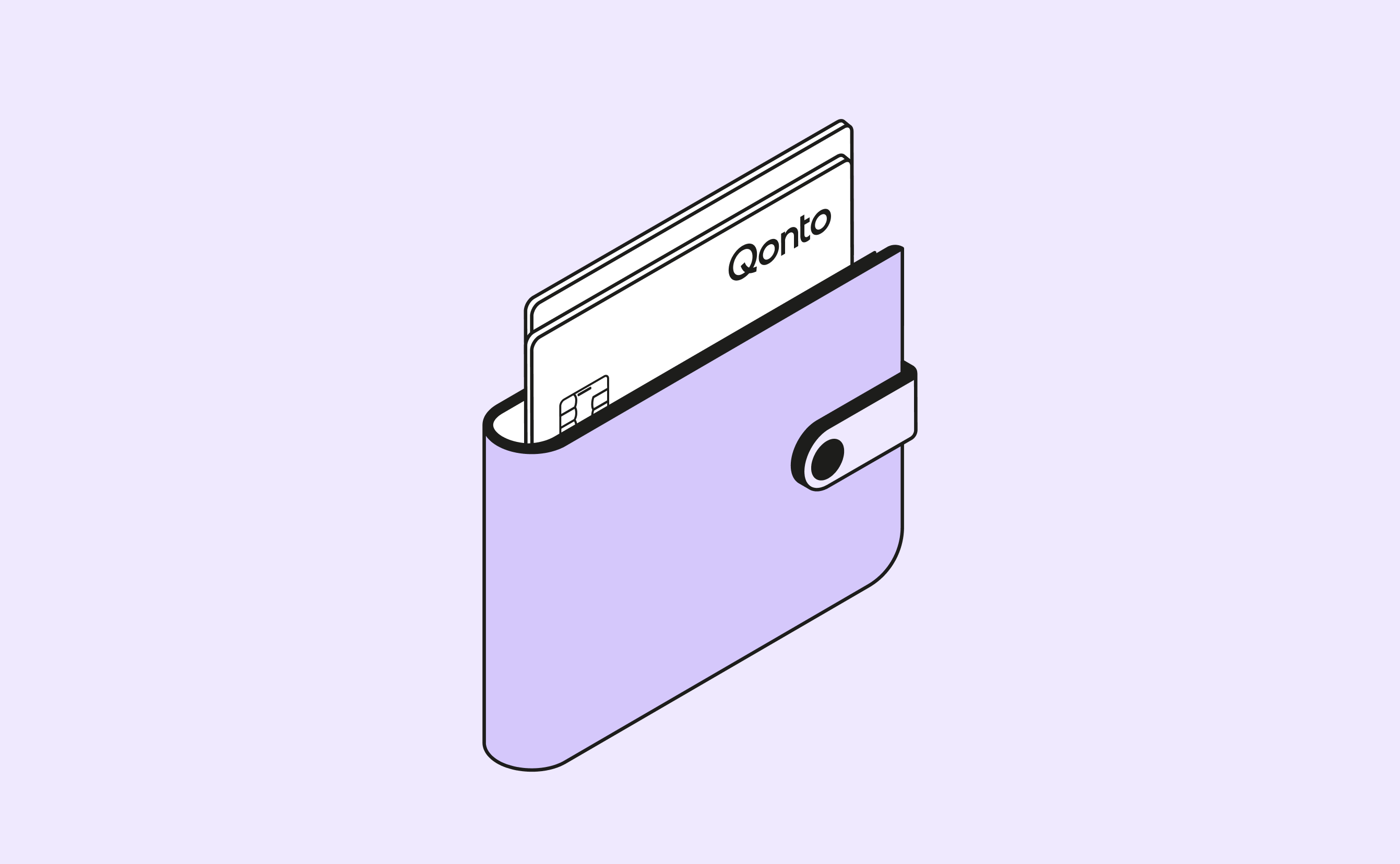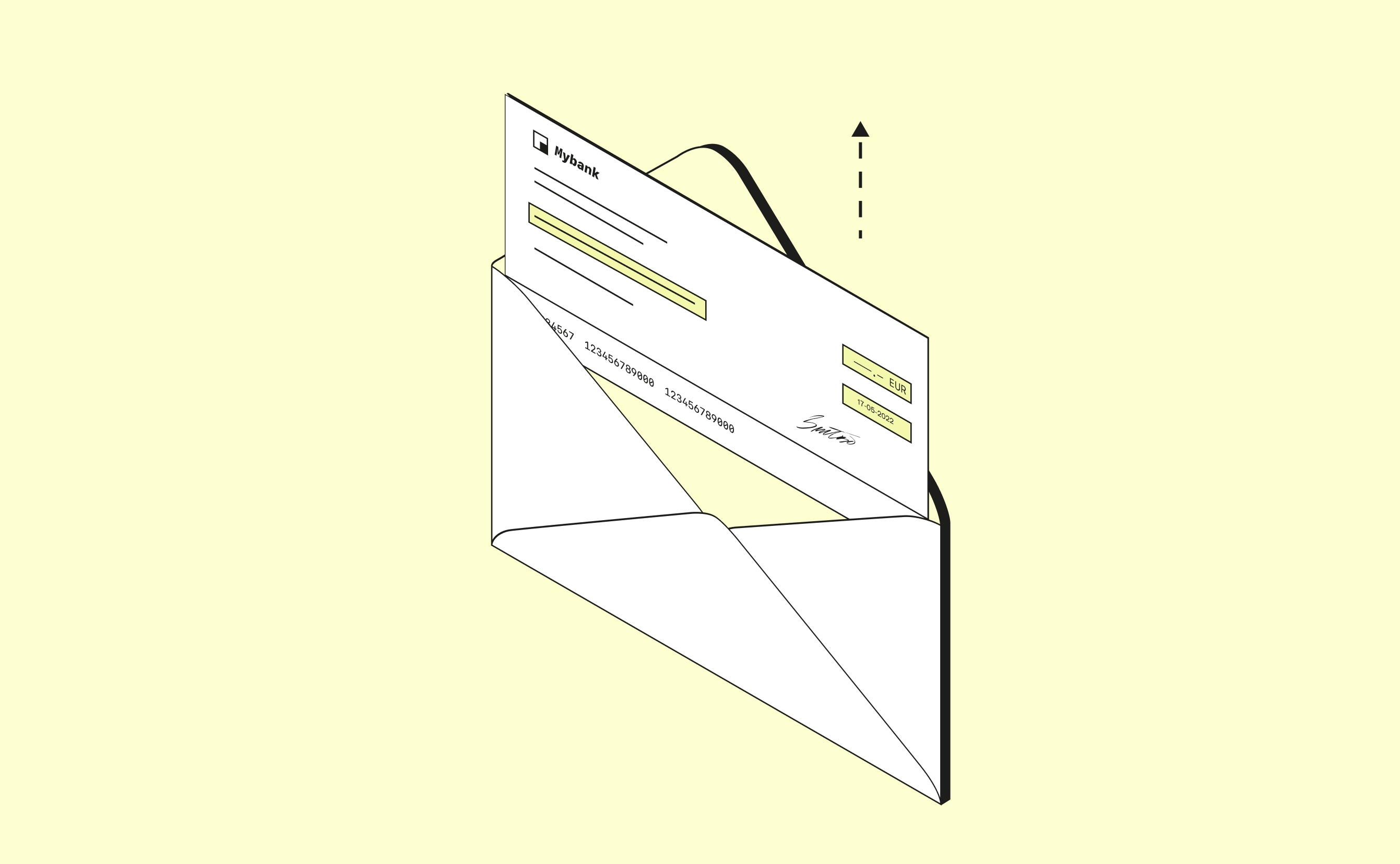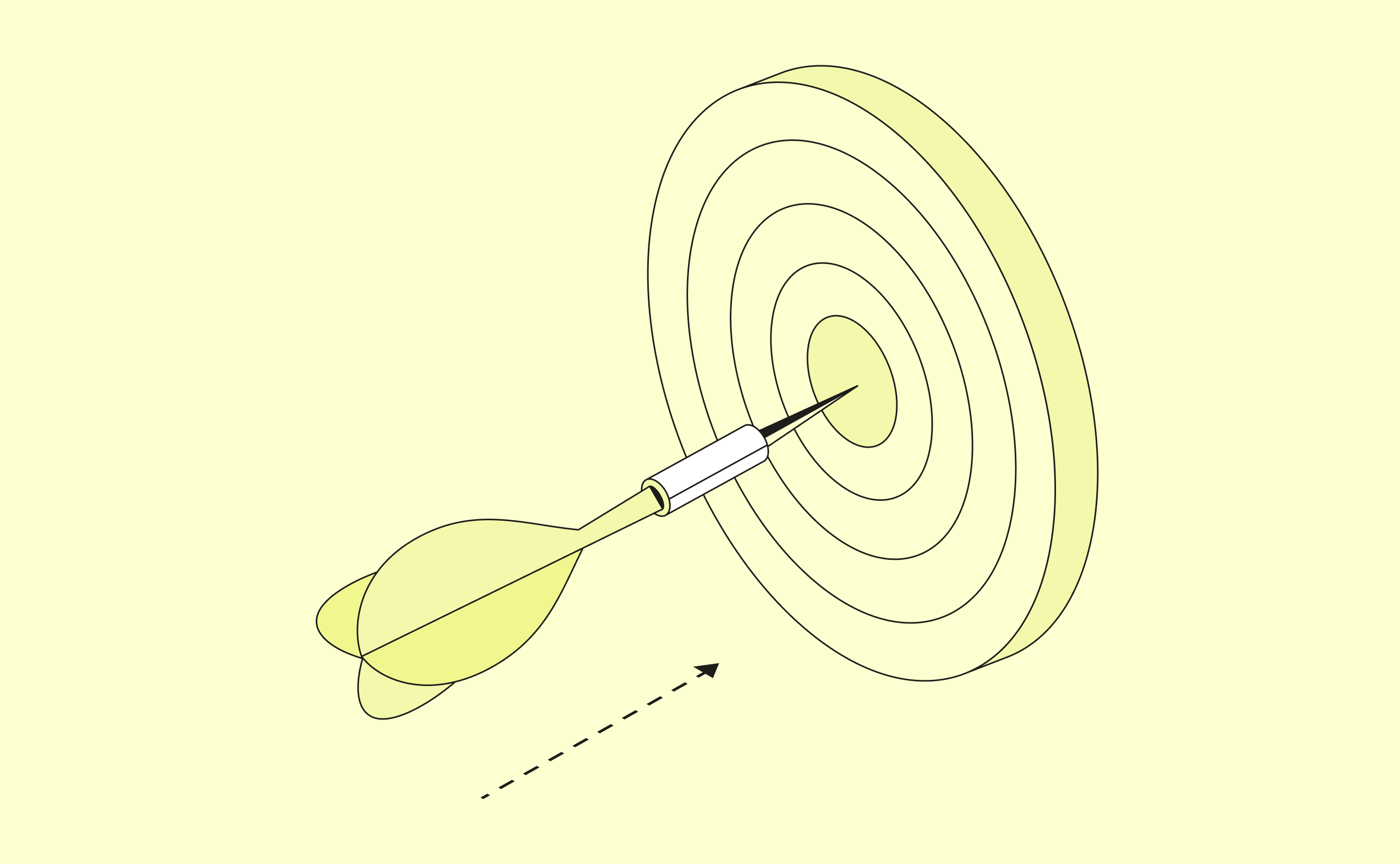Fintechs set out to solve the challenges of banking with the help of technological innovations. With one thing always in mind: The customer! Low interest rate policies, competitive pressure and outdated structures can often go unnoticed, because fintechs defy many of the problems and challenges of traditional banks.
The perks of modern banking
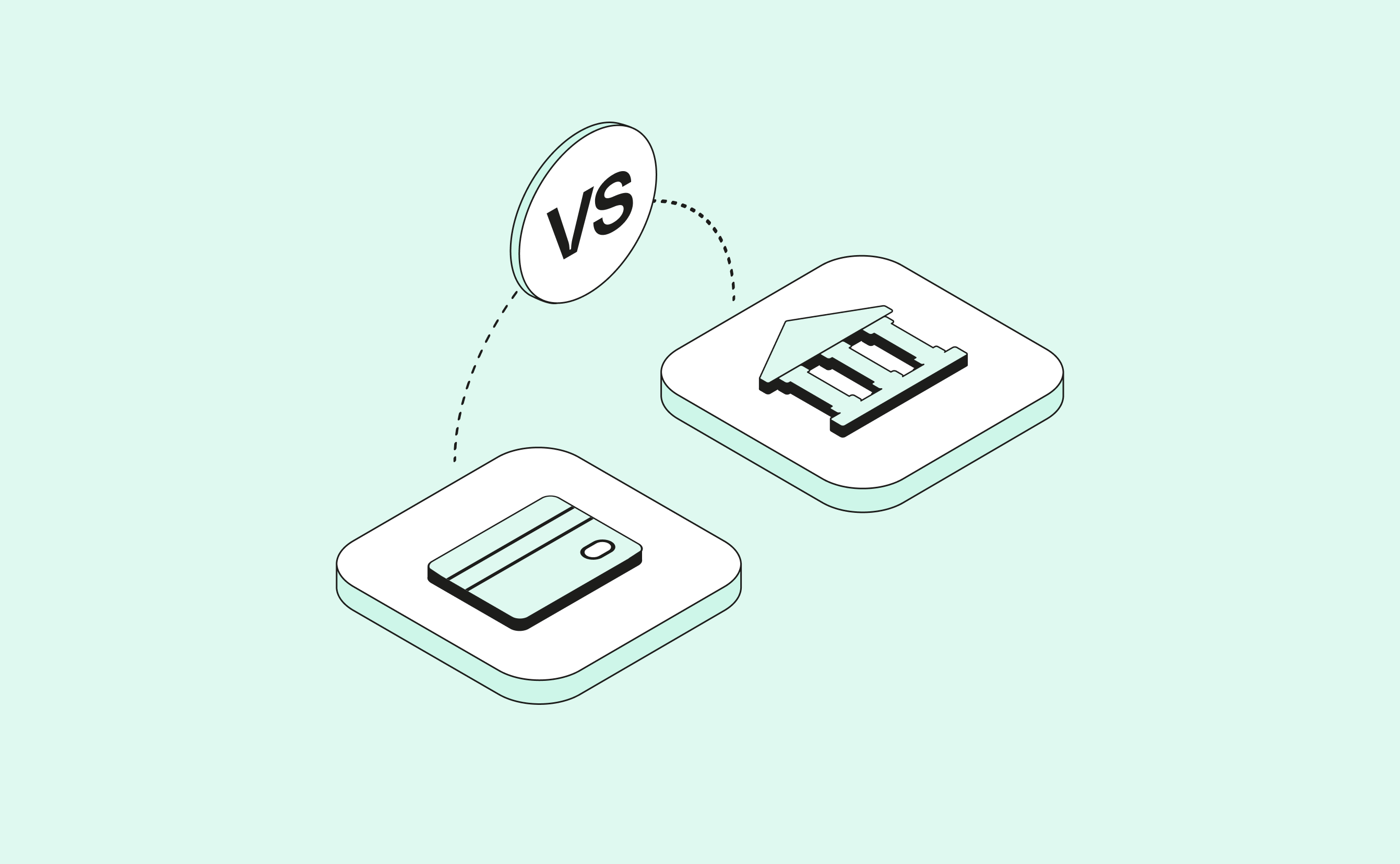
Innovation: new products and functions
Technology and user behaviour have changed. Traditional banks usually rely on digitizing existing products and adapting them to old IT infrastructures and architectures. The technological and organizational processes behind this are often rigid. The servers do not have sufficient capacity to handle fast data traffic or connect new technologies. These products do not meet the users’ requirements for modern, digital and mobile services and do not make a positive contribution to the user experience.
Financial and technology are the two words that make up the term fintech. And this is exactly what the start-ups in the fintech industry combine to create something new: Innovative products in the financial sector that are linked to further technological developments. Products that solve an existing problem, offer customers real added value and provide them with a positive experience at the same time. Instant payment, mobile banking apps or digital business accounts are the results that are created in a short time by the special way start-ups work, revolutionising banking and attacking the business models of traditional banks.
Customer focus: your requirements for modern banking
Banking directives are changing and make new technologies not only possible but also necessary. In addition, customers and their demands on their bank will change in the long term. The new generation has completely different demands on modern banking. The local branch and personal contact take a back seat. Mobility and digitalization are moving to the forefront. Going to the bank to get an account statement not only costs time, but also pollutes the environment. With the fintechs’ digital banking apps, customers always have their bank with them on their smartphone and thus their finances are always in view.
Accordingly, fintechs put the customer in the centre of attention and work together with them to solve problems. In doing so, products are created that enable customers this mobility. Many fintechs focus on transparency in their product development and give their customers insight into their product roadmap. They are open to suggestions and feedback, which are included in the further development process. The result is tailor-made and easy-to-use banking products for smartphone and tablet, which meet the needs and requirements of customers for modern and flexible banking.
Time to market: a short path to the goal
New products and functions are created in an incredibly short time. The time from product development to placing the product on the market (time to market) is this short that start-ups quickly recoup their product development costs through the revenue they generate.
They master the technologies, use modern working methods and believe in minimum viable products (MVP) – products that are viable with minimal effort, but already satisfy customer, market or functional requirements. Instead of thinking about how a new product fits into the overall product range, they focus on modular structures, lean organizational processes, short decision-making paths and small teams that take responsibility for product development from start to finish.
Pricing: cost-effective alternative
The previous business models of traditional banks usually no longer pay off. Outdated structures, bank branches and a large number of staff result in a large amount of administrative work and high costs. The number of employees in fintechs is usually manageable, so the costs are lower. Furthermore, the digitalised products and solutions are well scalable and can be used in large quantities. The start-ups pass this price advantage on to their customers.
However, customers often cannot agree on individual solutions and conditions. This is where the traditional banks have an advantage, although this flexibility comes at the expense of speed due to complex approval processes.
Flexibility: fast opening, lean processes and improved usability
Flexibility is extremely important in business life. Accordingly, customers also expect flexibility in their banking transactions. This flexibility begins with the opening of an account. Despite ongoing digitalization, not all banks offer their customers the option of opening a business account online. While the online process usually takes just a few clicks and the account is available quickly after the identity check, opening an account in a bank branch often takes several days or weeks and requires a lot of documents.
Fintechs understand the need of small and medium-sized companies for flexible products and solutions that adapt to their everyday business life. Accounts can be opened online. Thanks to modern video ID procedures, you save yourself the trip to the post office. You can do your banking online – on your PC in the office or on the road on your smartphone or tablet. You can even apply for a loan online: Without long waiting times, the money you need to invest in your business is available within a very short time and increases your financial flexibility.
While established banks often neglect their customers’ desire for more flexibility, fintechs’ digital solutions make exactly this flexibility possible and save customers a lot of additional time through good usability.
A good example is accounting of small and medium-sized companies. If different tools are used to create invoices or pay slips and to record receipts and expenditures, the effort to manage all finances and keep track of them is huge and time-consuming. Fintech offers digital solutions that make financial management much easier for SMEs and give them more flexibility and at the same time security in complying with regulations.
It takes 3 days for a spacecraft to reach the Moon. It shouldn’t take longer to open a bank account.
Data protection and security
German banking secrecy, security of customer data, compliance with regulatory requirements and common ISO standards: Traditional banks enjoy the trust of their customers. In most cases, customers do not grant the fintechs this trust – as a new player in the market, they must first earn this trust.
Fintechs do not usually have their own banking licences, but work together with renowned banks. Accordingly, they are also obliged to comply with legal regulations such as the EU Payment Services Directive PSD2 and are supervised by the German Federal Financial Supervisory Authority (BaFin). In addition, as with all German banks, the credit balance is protected by the German deposit guarantee scheme up to an amount of EUR 100,000 per customer and bank if a financial service provider is no longer able to keep up its payment requests.
SSL encryption and two-factor authentication also guarantee the security of customer-related data.
Communication: online vs. offline
Banking is not much different from other areas of life: Some things are easier to clarify personally. But whether this actually requires a visit to the bank branch and a discussion with your personal bank advisor is probably a question of personal preference. Direct banks and fintechs prove that customers can be served ideally even without a branch network.
Service: strong support right from the start
Start-ups are often created to solve a specific problem or an existing deficiency. Regardless of whether it is the founder’s own problem or has arisen from observing the market: The people behind the company understand the challenges of their customers. Most fintechs offer their customers the best possible support to help them quickly and easily.
Digital, user-friendly communication has long been part of our everyday life. Customers expect their financial services provider to provide support that is available to them regardless of bank opening hours. It is true that customer advisors are not available 24/7 by phone or e-mail. But the fintechs usually offer extensive help pages. In addition, customers often find the solution to their problem in the chat. But good service does not only refer to questions and help. Good service starts with the opening of an account, simple authentication, user-friendly applications that offer customers real added value and maximum flexibility in carrying out their banking transactions.
Organization: adapted to customer needs
The organisational structure of fintechs is solely in the interest of the customer: Small teams work independently to achieve their goals, look after a product from start to finish and organise themselves as far as possible independently so that they can focus on their productivity.
Customer experience is also always at the forefront in IT. It’s all about designing the customer experience of products and solutions in such a way that customers feel their needs are understood. For the successful digitization of banking transactions, banks must consider their system architecture and processes as well as the customer experience as a whole topic when further developing and modernizing their systems, and focus their efforts on this.
In order to achieve the best possible results, fintech often uses modern approaches such as Design Thinking, Business Model Canvas, Scrum or Kanban – starting with the idea, continuing with product development, the tailoring of products and processes to customer needs and ending with optimisation.
Traditional banks can therefore still learn a lot from fintech, especially in terms of organisation, technology, working methods and customer focus. It would also be conceivable to develop a kind of cooperation in which traditional banks use their technical know-how, speed and the use of modern working methods in order not to lose touch and above all to become more digital and customer-oriented. In return, they bring their existing sales infrastructure, the trust of their customers and a far greater capital base to the cooperation.
Many fintechs impressively demonstrate that they can quickly and efficiently overcome major challenges faced by traditional banks or are not even affected by them in the first place. The start-ups in the financial sector set new standards and drive forward innovative ideas and solutions. Qonto, for example, is also completely convinced that innovations are created above all in cooperation with customers. That is why we make our product roadmap publicly and transparently available to everyone. This way we ensure that you are kept up to date on what new features you can expect soon, and that you can always contribute new ideas that you are still missing for your ideal business banking.
Frequently Asked Questions
- Modern banking is all about solving the problems inherent for customers in traditional banking
- Fintech companies put the customers at the centre of their business model
- Modern banking offers more flexible pricing models and features suited to a variety of needs
- Versatility and accessibility are the two main features of modern banking
